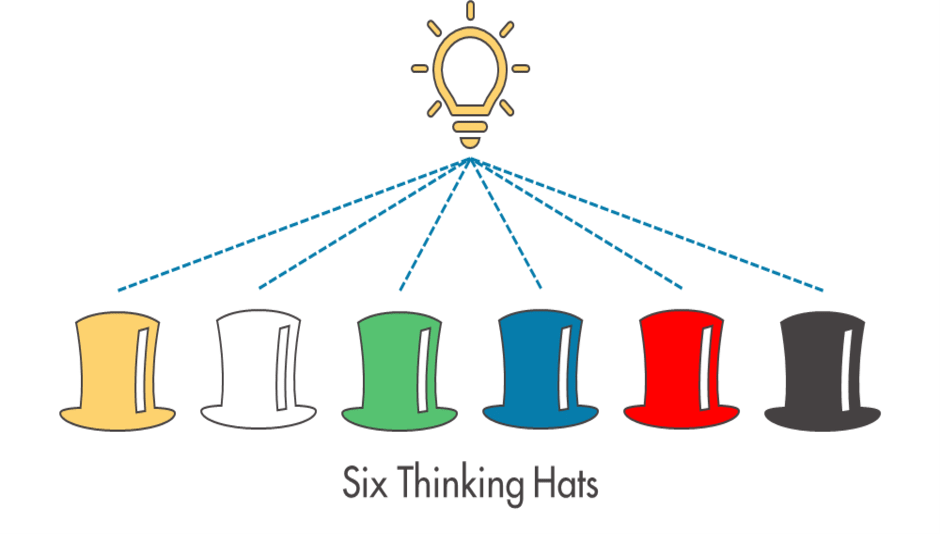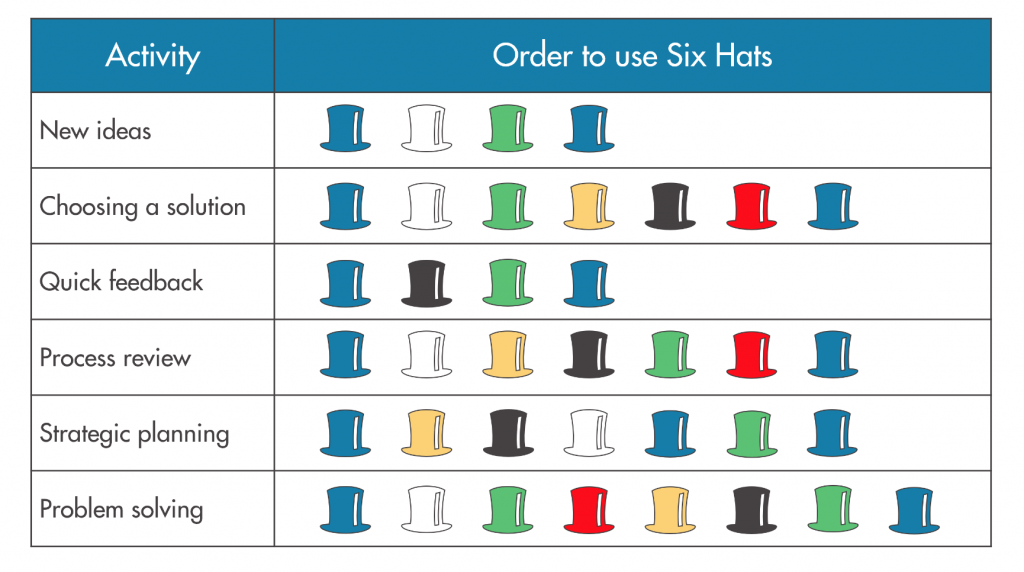Background
Here at SME Water, we hold the ongoing growth and development of our people as a significant and core value. Each individual is allocated a fixed time each month along with a designated mentor to ensure there is continual personal growth and development. As problem solvers and innovators within the UK water industry, we also look to develop our capabilities and effectiveness as a team. Homogenous teams, in which the members have similar views and character traits, do not work well. In smaller companies like ours, without the diversity that a larger team naturally provides, we need to ensure that individuals can think diversly and view problems from different perspectives. This post describes one of the models we use to help promote this way of lateral thinking- De Bono’s six thinking hats.
Six thinking hats
In 1985, the creative thinking guru Edward de Bono published his book – Six Thinking Hats. At first, critics dismissed the idea as too simplistic and one-dimensional, however, today, the theory is widely accepted, and teams use his approach to stimulate communication and break free of habitual ways of thinking. De Bono’s idea was to assign the members of a team a temporary one-dimensional point of view or ‘thinking hat’. Six hats thinking is a technique that helps individuals and groups look at problems and situations from various perspectives. In other words, the six hats guide teams on ‘how to think’ rather than ‘what to think’, which can be used universally.





